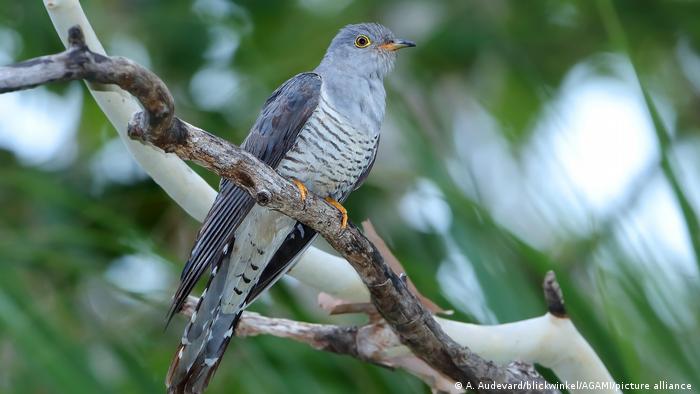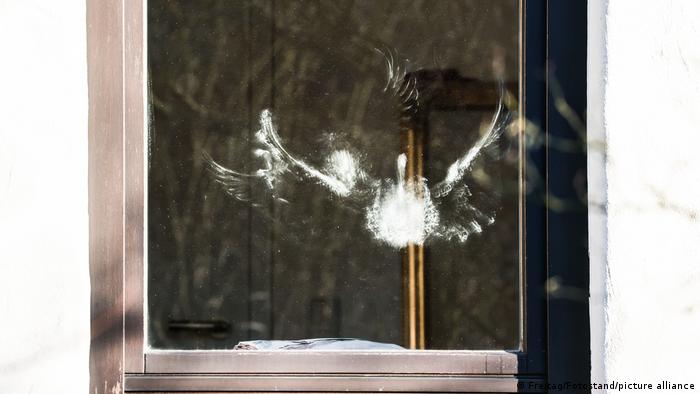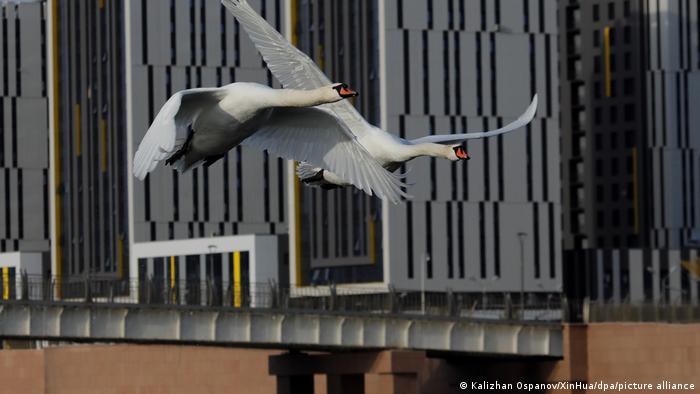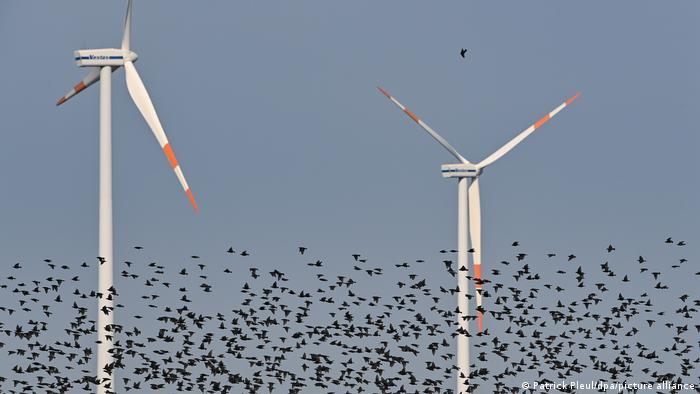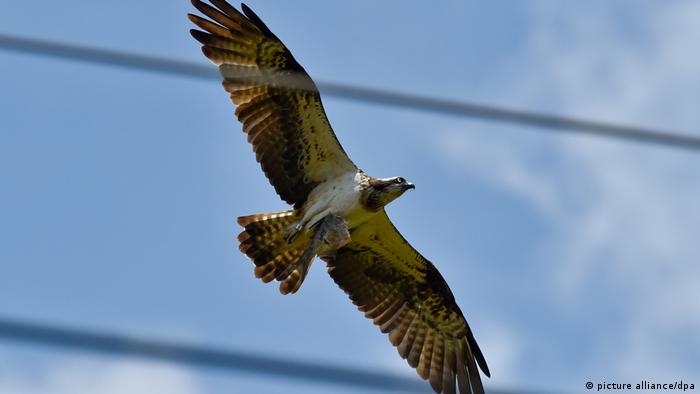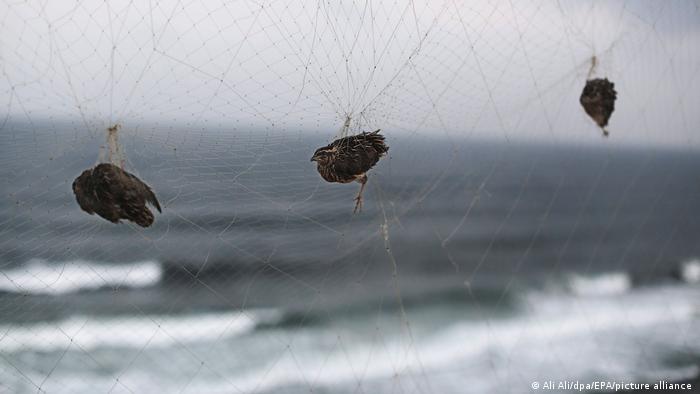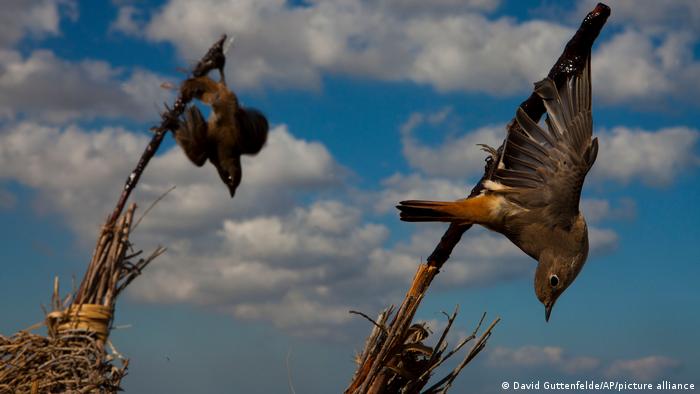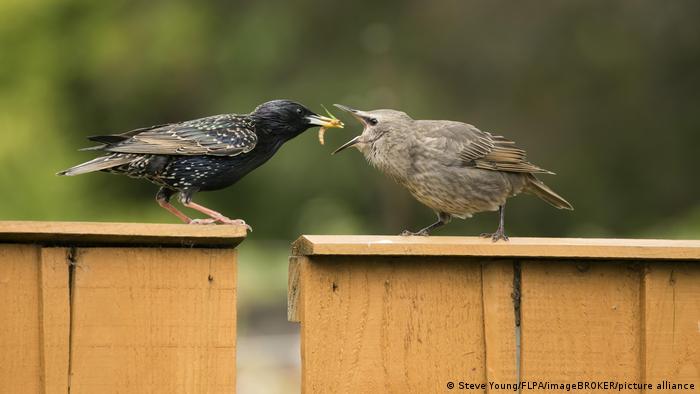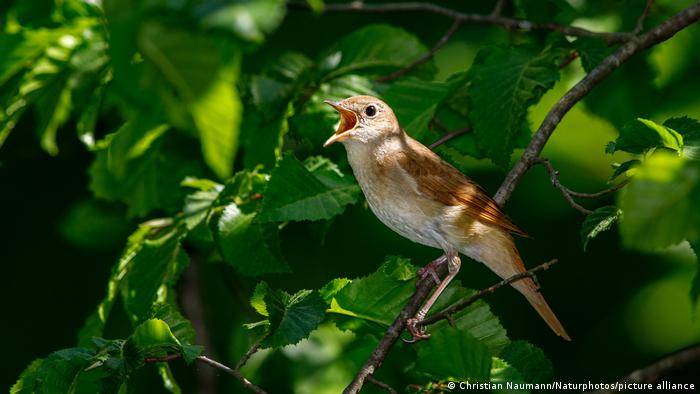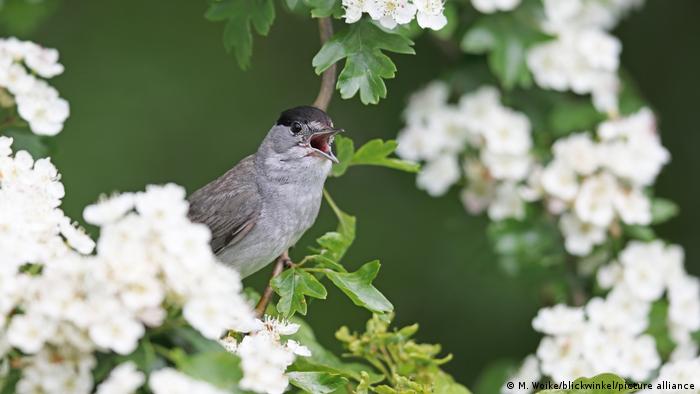There are approximately 10,000 species BirdsThere are just under half of all the people on Earth. migratory. About 4,000 bird species migrate back and forth between their breeding and wintering grounds, and for two thirds of them this means long-haul journeys of up to 20,000 kilometers each year.
They can accumulate impressive air miles. The cuckoo travels for a striking eight months of the year, and swallows can cover up to 1,000 kilometers a day.
More and more migratory birds are being endangered
Although there are many dangers for migrating birds as they fly over land and water, the man is their biggest enemy. Climate change and hunting are among the biggest risks. Of the birds breeding in Germany alone, 43%, including many migratory species, are listed as endangered by the International Union for Conservation of Nature.
According to some estimates, collisions between glass panes and birds are the most serious human threat to birds after habitat destruction. An estimated billion birds die this way each year in the US alone, as they get confused by reflections of sky and trees in windows. Glass kills stronger animals and offers better chances for reproduction, even though weaker migratory birds may die during the journey.
The good news is that these accidents can be easily prevented, for example by applying printed patterns to glass windows. Studies have shown that bird-of-prey silhouettes, on the other hand, are ineffective as deterrents.
A recent British study documented how birds are at particular risk from wind turbines located along migratory routes such as the German Baltic coast, the western Mediterranean coast of France and the southern coast of Spain. However, the study also shows that there are many locations for new wind turbines where the risk is significantly lower.
Power lines are safer than wind turbines.
There are other simple ways to avoid bird collisions with windturbines. These include sensors that shut them off when animals approach. Norwegian researchers discovered that birds can recognize and avoid rotorblades painted black.
According to the study, power lines are responsible for significantly more bird deaths than collisions with wind turbines. Animals that fly low on the ground are at greatest risk from powerlines. Again, the study found that marking power lines more conspicuous could help.
People also intentionally kill migratory birds. An estimated 20 million wild birds are killed or hunted illegally each year in the Mediterranean.
Illegal hunting of wild bird species
Wild birds are considered a delicacy in many countries around the Mediterranean, including Egypt, Italy, Cyprus, France, Malta and Lebanon. Many are sold on the blackmarket to private individuals or restaurants.
The animals are often killed in pain when they are caught in nets, snap traps or with glue on branches. EU bans glue-rod hunts.
How climate change affects migratory birds
Climate change is now influencing the behavior and migration of migratory birds. Milder winters mean that more birds choose to stay in their breeding grounds year-round, rather than travel. This is mainly an issue for partial migrants: species such as robins, of which some individuals usually migrate and others do not.
Starlings and starlings are staying in their summer territories all year, even though they fly short- or intermediate distances. It is possible to get a head start on spring nesting spots by staying in the breeding area in winter. This is a benefit that many people who travel may not be able to enjoy.
Climate change is also causing serious problems for long-distance migrants. According to the British Royal Society for the Protection of Birds, more than 80% of Europe’s long-distance avian travellers already have to fly longer and farther to find wintering grounds with enough food. Nightingales, researchers predict, will likely have to travel a good 800 kilometres farther in 2070 than they do now.
Many blackcaps are now moving from Central Europe to Great Britain instead of moving to Spain or North Africa as they did a few years back. Wintering is now possible due to the milder climate. The flight distance is shorter and there is no danger of trap nets or glue rods.
Johanna Thompson translated this article from German.

